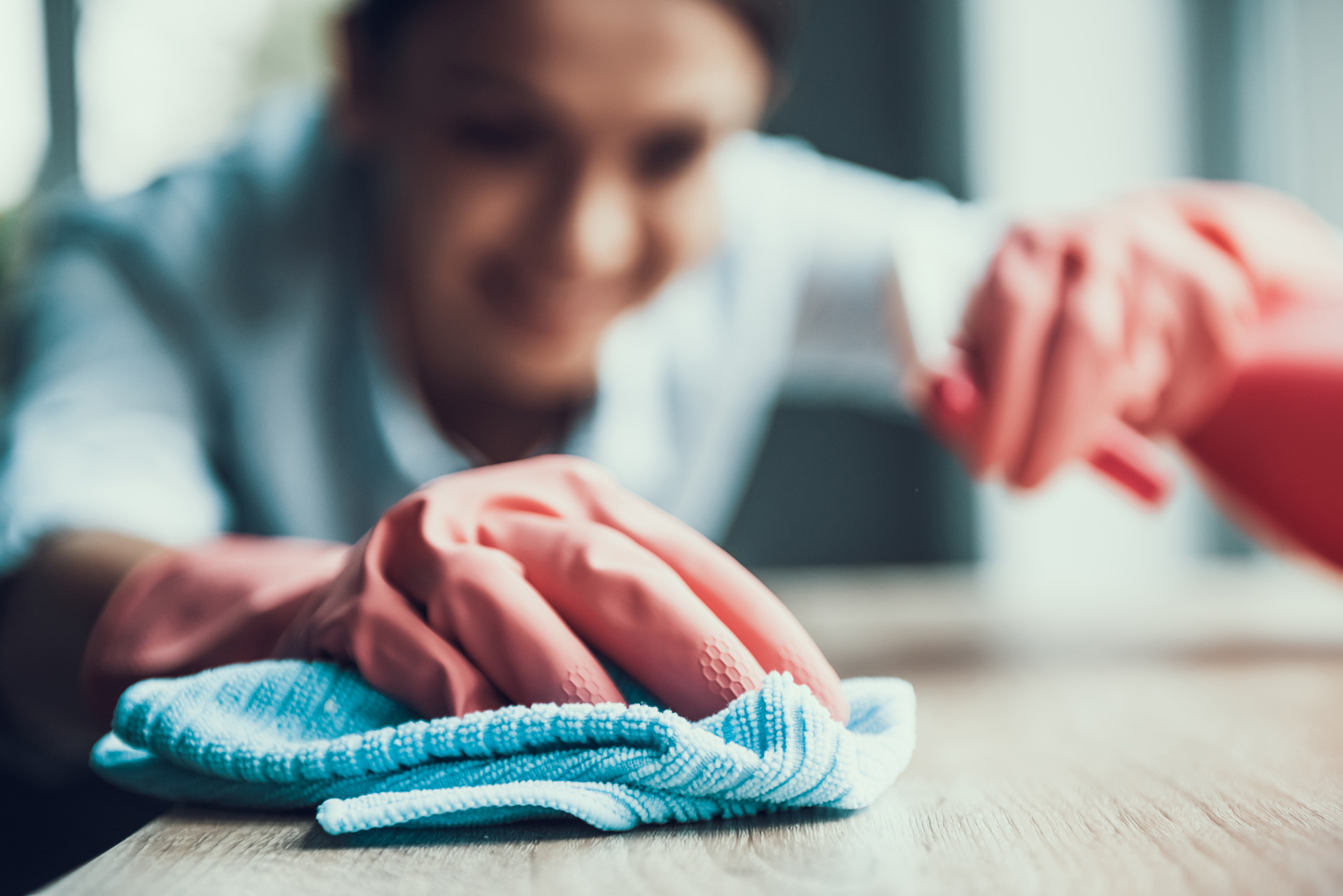
How to keep your home dust and allergen-free
12th Oct '20 • By Rohit Mankame
Enjoying your day, when suddenly a dust allergy makes a move, gives you a headache and a runny nose? In this article, we’ll show you 9 ways to allergen proof your home so you can get a little respite from sniffles and constant sneezes.
 Allergy season can be awful for the 1 in 9 Australians who suffer from asthma or allergic rhinitis (commonly known as hay fever). Avoiding pollen and allergens in the air is almost impossible at this time of year, but there are steps sufferers can take to make their home dust and allergen free.
Allergy season can be awful for the 1 in 9 Australians who suffer from asthma or allergic rhinitis (commonly known as hay fever). Avoiding pollen and allergens in the air is almost impossible at this time of year, but there are steps sufferers can take to make their home dust and allergen free.
What are the different types of allergens?
Dust Mites
You will encounter dust mites in the household, but they are most frequently found in the bedroom. These microscopic creatures enjoy wet , humid conditions and usually produce bedding, carpeting and upholstered furniture for their homes. Signs of allergies to dust mites include those related to hay fever, including sneezing and runny nose.
Pollen
You will be surprised to find that pollen can build up very quickly. It can collect on the clothes, hair and fur of family members and pets, pollen may be taken indoors, as well as float in from open doors or windows.
Mold
Mold is a fungus that spreads in the air by producing tiny spores.These spores may cause signs of allergies when inhaled. Mould usually spreads in the wet, moist corners of your house, such as windowsills, toilets, under-sink cabinets and laundry rooms.
Pet Allergens
People with pet allergies are allergic to the saliva, dander (dead skin cells) or urine of an animal, rather than the hair, contrary to common opinion. This is why hairless or non-shedding animal species will also cause allergy problems. Animal allergens are commonly found around the household, but are more prevalent in the preferred areas of your pet.
Insects
Cockroach allergens tend to be more spread throughout the home than dust mites because cockroaches are highly mobile. Cockroaches and their waste tend to be concentrated in insect hiding spaces such as inside cracks and crevices, behind appliances or large furniture, or in any other place that is not easy for humans to access.
Get free quotes in minutes.
Get quotes from our qualified and licensed tradies Australia wide.
What are the 9 ways of keeping your home dust and allergen free?
1. Don’t hang your washing outside
Pollen and spores are always circulating during hay fever season. A line loaded with washing acts like a huge fishing net for pollen. Washing that has been on the line all day will have collected a ton of symptoms causing allergies. Leave the spores outside! Don’t bring them in on your washing.
2. Keep pets away from the bedrooms
Ideally, pets should stay outside, but if you must have your furry friends inside be sure to keep them away from where you sleep. Clothes, carpet and bedding is a trap for symptoms causing allergies. So to enjoy a good night’s rest, keep the animals away from where you sleep!
3. Stick to blinds rather than heavy curtains
Blinds are much easier to keep clean and allergen free than curtains. It is awkward to vacuum or wash curtains regularly, while a blind can be thoroughly cleaned with a damp cloth.
4. Switch to laminate or wood flooring
The same is true for laminate or hardwood flooring. Carpet traps all kinds of nasties which are then stirred up every time you try to clean. A nice clean, smooth surface leaves nowhere to hide for anything that could get up your nose.
5. Consider radiant heaters
Moving air stirs up pollen and dust. Radiant heat such as that produced by a hydronic heating system eliminates the circulation of air entirely. No fans, vents or ducts are involved, which means that dust mites, allergens or pollens aren’t circulated throughout the home, so you can say goodbye to dry eyes, sore throats and coughs. The whole system is contained in the radiator panels and floors, so the system is extremely easy to clean and keep dust-free.
6. Add underfloor heating
Carpet is a breeding ground for allergy exacerbating microbes. Even daily vacuuming will not remove deeply embedded allergens. With an underfloor heating system, your family can have warm feet all winter without the need for carpet or rugs.
7. Get rid of unnecessary clutter
It may seem obvious, but clear surfaces are usually clean surfaces. The more clutter in your home, the more nooks and crannies there are to harbour allergens.
8. Keep your home well ventilated
A mechanical, filtered ventilation system lets in the fresh air needed to ward off the damp, while also providing a barrier against the pollen swirling around outside. Choose an air filter that has a small-particle or HEPA (high-efficiency particulate air) filter that forces air through a fine mesh which traps harmful particles like pollen and dust mites.
9. Invest in dust-mite proof mattress and pillow covers
We spend a third of our lives in bed so it makes sense to invest in a mattress that will minimize allergy symptoms. There is a wide range of hypoallergenic mattresses and mattress toppers which can help you get a good night’s rest.
However, if you are unsure about how to go about making your home dust and allergen free, you can always hire cleaners from service.com.au . Need help cleaning your home and making sure it's dust free? Click on the button below to compare multiple quotes from local cleaners today.
Get free quotes in minutes.
Get quotes from our qualified and licensed tradies Australia wide.






